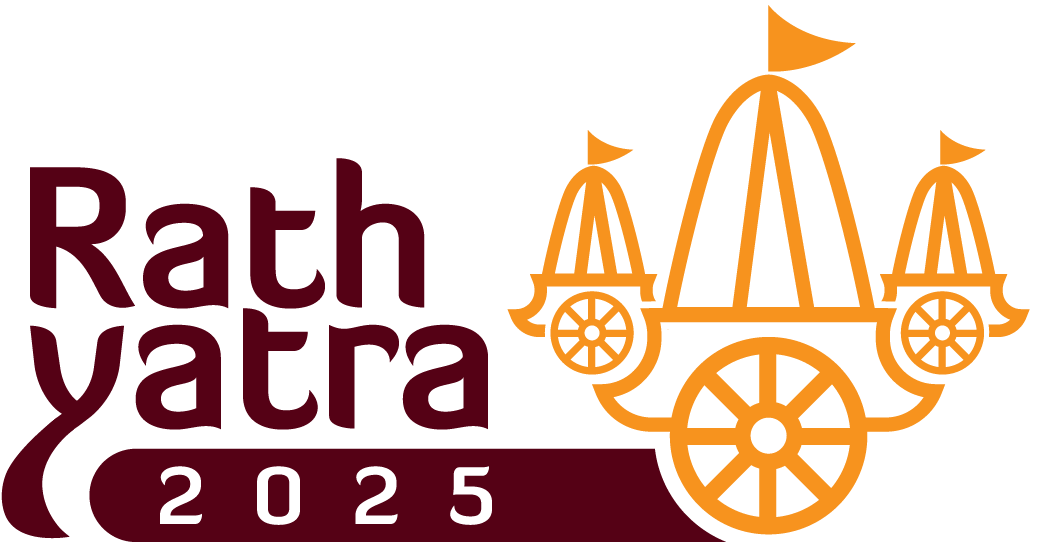
Adani @ Rath Yatra
In the Footsteps of Faith: Ahmedabad Marks 148th Rath Yatra with Grandeur, Devotion and Grit
 As the first rays of sunlight gilded the historic city, a tide of devotion swept
through the streets of Ahmedabad. The occasion: the 148th Rath Yatra of Lord
Jagannath, one of the most ancient and celebrated chariot festivals in the city.
As the first rays of sunlight gilded the historic city, a tide of devotion swept
through the streets of Ahmedabad. The occasion: the 148th Rath Yatra of Lord
Jagannath, one of the most ancient and celebrated chariot festivals in the city.
Ahmedabad awoke at dawn not just with hymns and conches but with a palpable sense of
anticipation. By 6 a.m., lakhs of devotees lined the 18-kilometre yatra route
stretching from the 400-year-old Jagannath Temple in Jamalpur through bustling
neighbourhoods like Kalupur, Saraspur and Dariapur before returning in the evening.
Tradition meets spectacle
At the heart of the procession were the magnificently decorated three wooden
chariots carrying the idols of Lord Jagannath, his brother Balabhadra, and sister
Subhadra. Adorned with fresh flowers, marigold garlands, and traditional motifs, the
chariots were pulled by volunteers using thick, sacred ropes — a ritual believed to
bestow spiritual merit.
Gujarat Chief Minister Bhupendra Patel performed the ‘Pahind Vidhi’, a ceremonial
sweeping of the chariot path with a golden broom — a symbolic act of humility before
the divine. The ritual mirrors the age-old custom performed by the Gajapati King in
Puri and marks the official start of the yatra.
Devotion on a grand scale
A sea of saffron and white, devotees young and old walked alongside the chariots,
chanting “Jai Jagannath!” and dancing to the beat of traditional drums and bhajans.
The rhythmic clang of cymbals, the heady aroma of incense, and the spirit of unity
transcended caste, creed and class.
In Saraspur, where the deities traditionally stop for a meal at their maternal
aunt’s home, the festival reached a crescendo. Residents welcomed the divine guests
with offerings of sweets and traditional Gujarati delicacies. The symbolic
“Mahabhoj” (grand feast) is one of the most cherished aspects of the yatra.
Tech-enabled tradition
This year’s Rath Yatra also embraced technology. Over 25,000 police personnel,
including Rapid Action Force (RAF) units, deployed along the route ensured safety.
Aerial surveillance using drones, AI-powered facial recognition cameras, and live
monitoring from a central control room provided round-the-clock security oversight.
Devotees were encouraged to use the Rath Yatra app for real-time location tracking
of the procession, traffic updates, and emergency services. Medical booths, water
stations, and mobile toilets were positioned at regular intervals to ensure safety
and hygiene.
Symbolism beyond the chariots
The Ahmedabad Rath Yatra is more than a spiritual journey — it is a display of
Gujarat’s communal harmony, cultural vitality and logistical precision. Over 100
decorated tableaux representing social, mythological and contemporary themes joined
the procession. Dance troupes, tribal musicians, and akharas (wrestling gyms)
showcased India’s diverse spiritual heritage.
Volunteers from Adani Foundation, ISKCON, Swaminarayan sects, and numerous
non-governmental organisations (NGOs) joined hands in crowd management, sanitation
efforts, and free food distribution — a living testament to the city’s ethos of
“seva”.